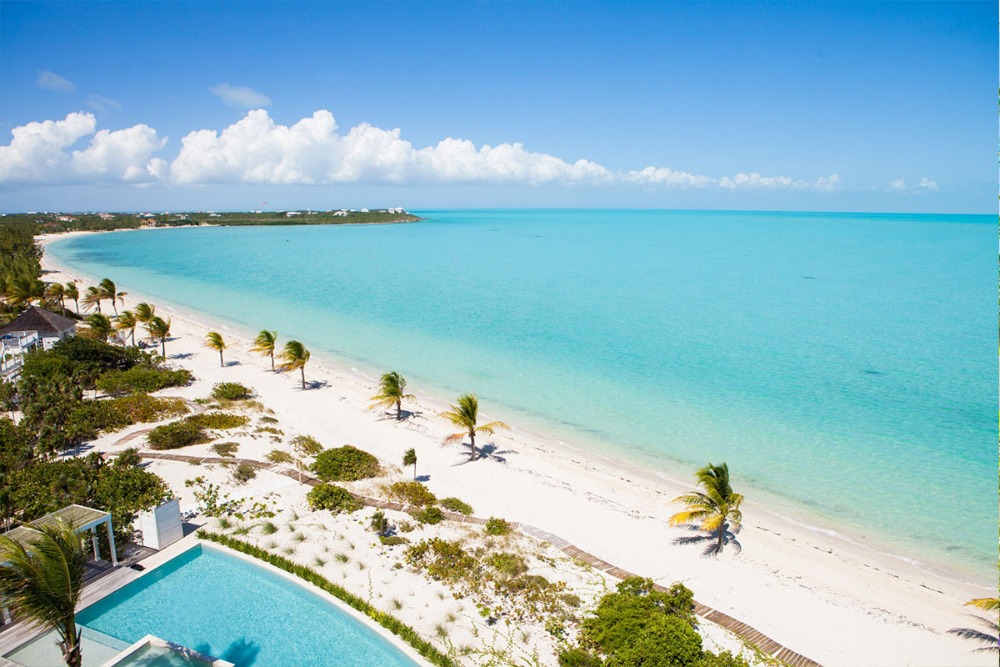Please wait
Why you'll love diving in Turks-and-caicos!
A British Crown Colony the Turks & Caicos Islands lie beyond the South eastern tip of the Bahamas chain. Only eight of its 30 islands and cays are inhabited. The Caicos Islands, including Providenciales, sit atop the Caicos bank. They are separated from the Turks Islands by the 48 Km wide, 2,000 metres deep, Turks Island Passage, also known as the Columbus Passage, which links the Atlantic with the Caribbean. This passage serves as a major route for migrating Humpback Whales between December and April.
The Turks & caicos Islands' shallow banks offer giant feeding grounds and prolific nurseries for a vast array of marine animals. While the deep waters surrounding the Turks & caicos Islands groups ensure that visibility is generally excellent. The Turks & caicos Islands now boast an extensive system of marine sanctuaries.
Follow the link for liveaboard diving in the Turks and Caicos.
Diving in the Turks and Caicos islands is year-round. Humpback whales are frequent visitors from January through March. Underwater visibility ranges between 24-38 metres with the best viz on some of the walls. While water temperature in the summer, June to October, is 28-29 C dropping to 23-26 C in the winter, January to March. Summer air temperature is 29-32 falling to 23-27 C in the winter
Escape from the pressures of everyday life to relax, rejuvenate, and re-energize. An intimate, full-service spa offering a variety of European and Asian-influenced treatments.
This winter it’s even easier to get here with additional flights coming from a wide range of gateways. The Turks and Caicos Islands currently have 2 full service international airports, Providenciales and Grand Turk, and limited entry facilities in North and South Caicos.
Top hotels in turks-and-caicos




 Nassau
Nassau
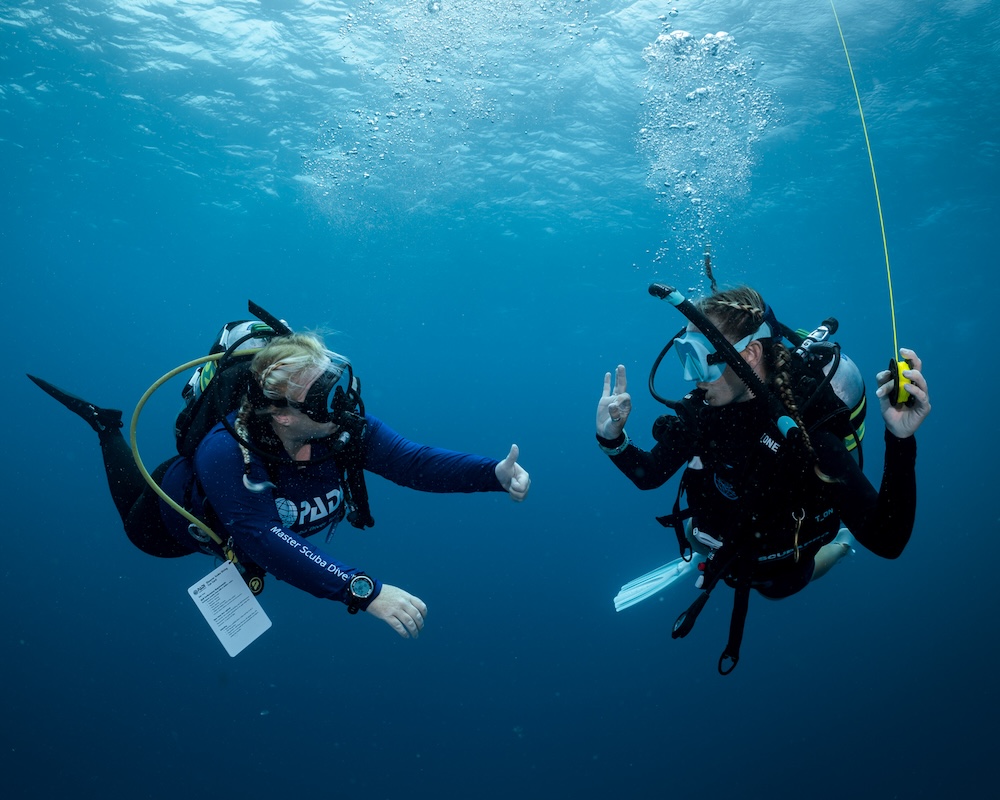

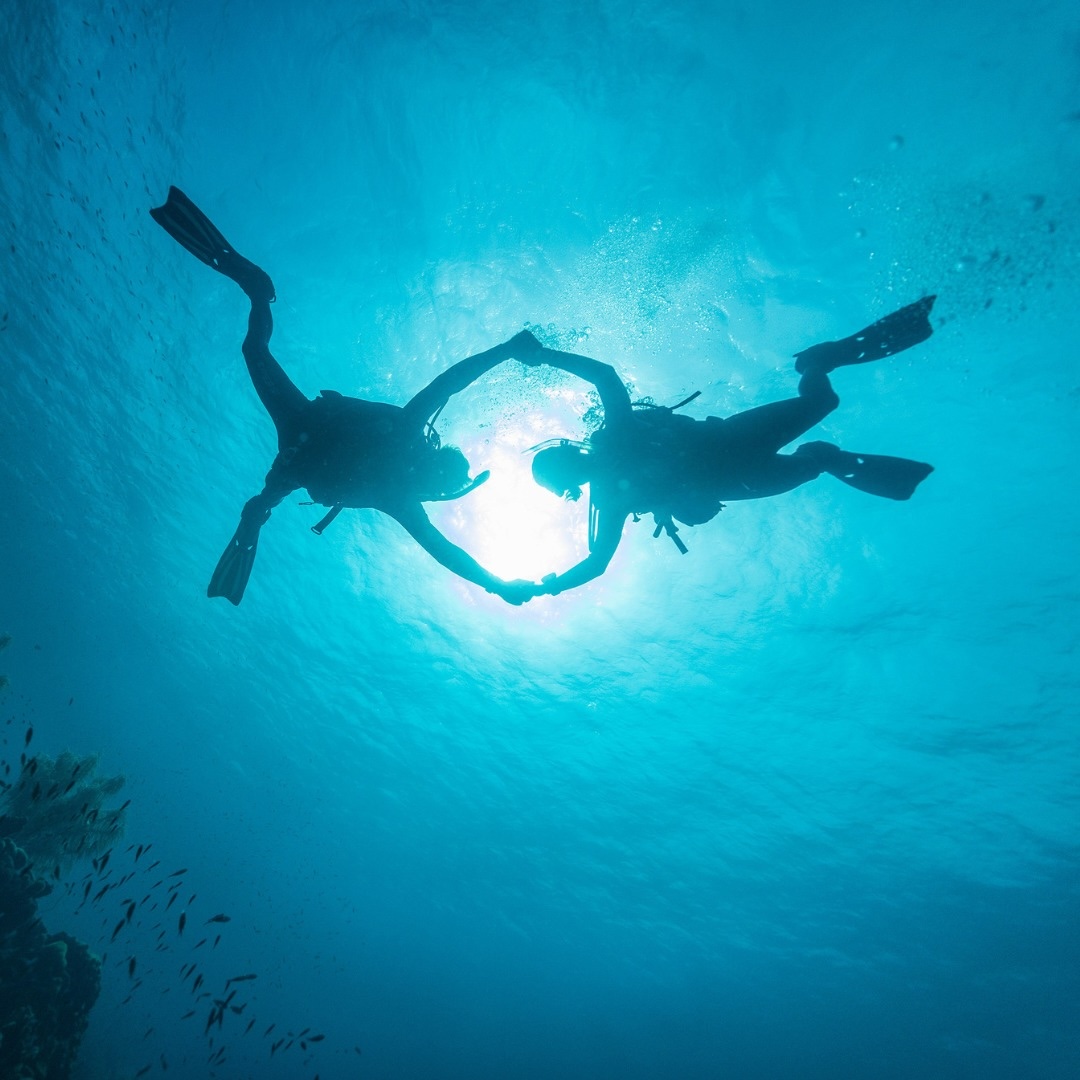
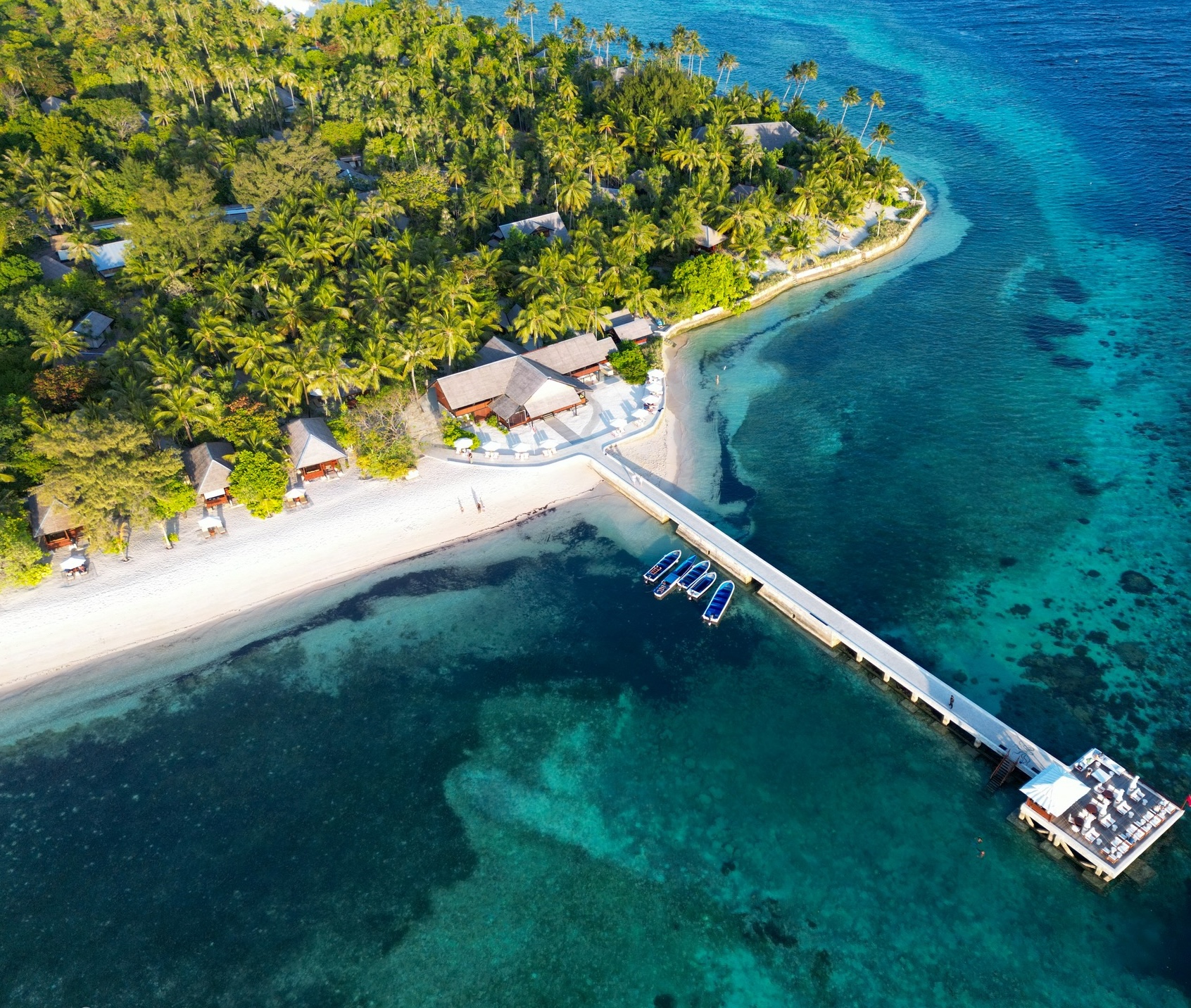
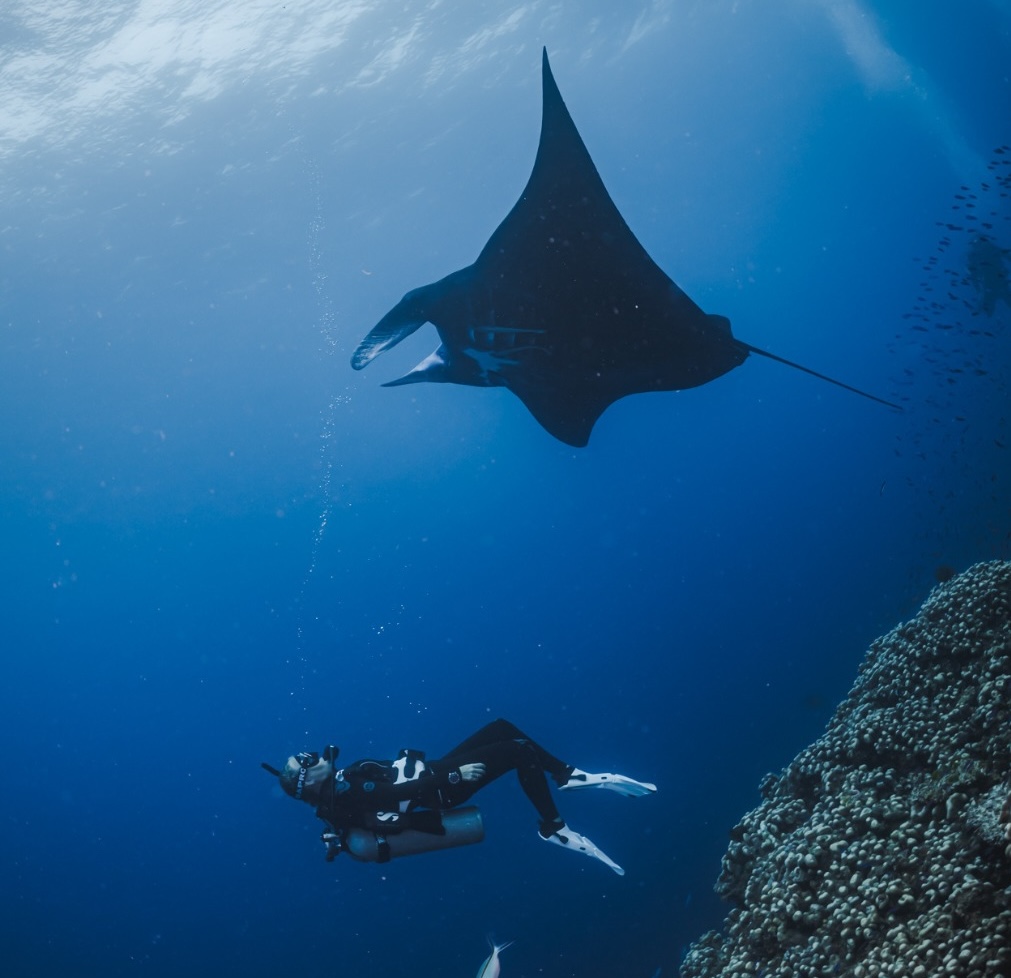
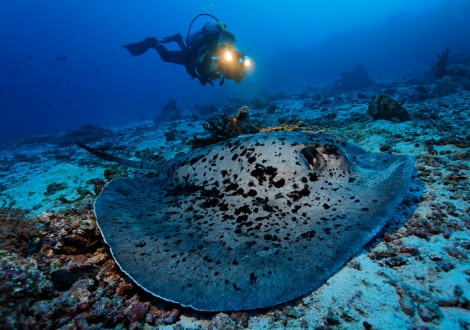
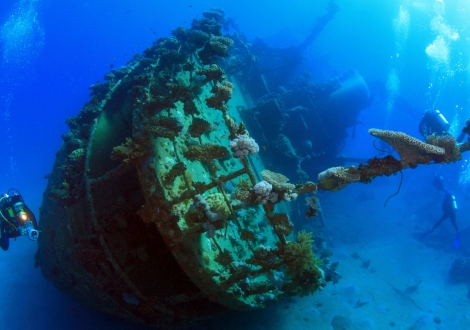
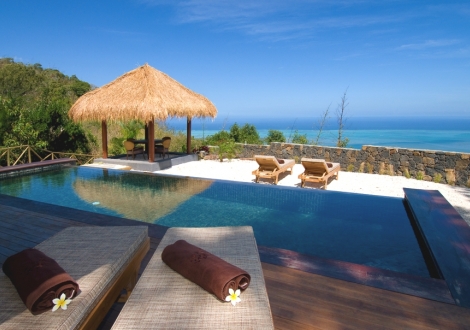



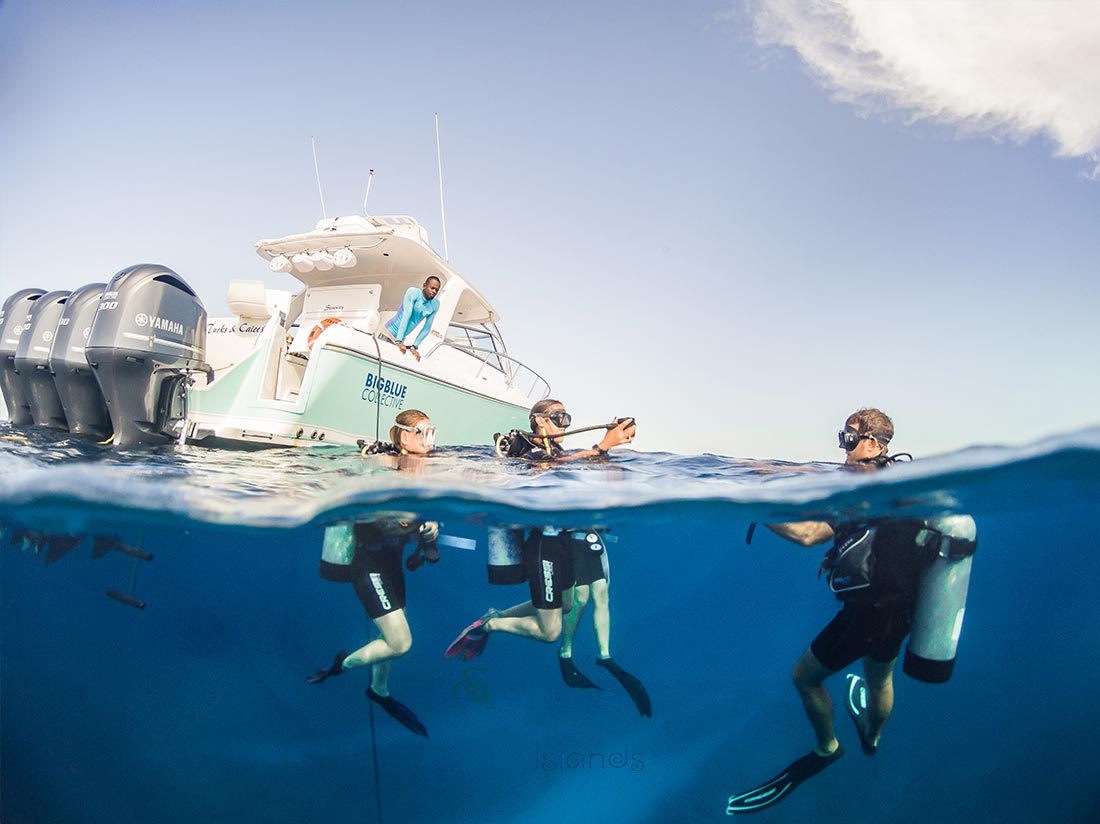
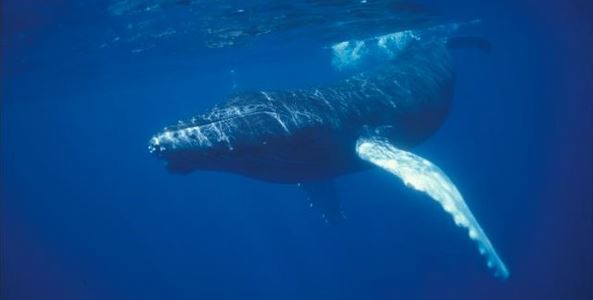
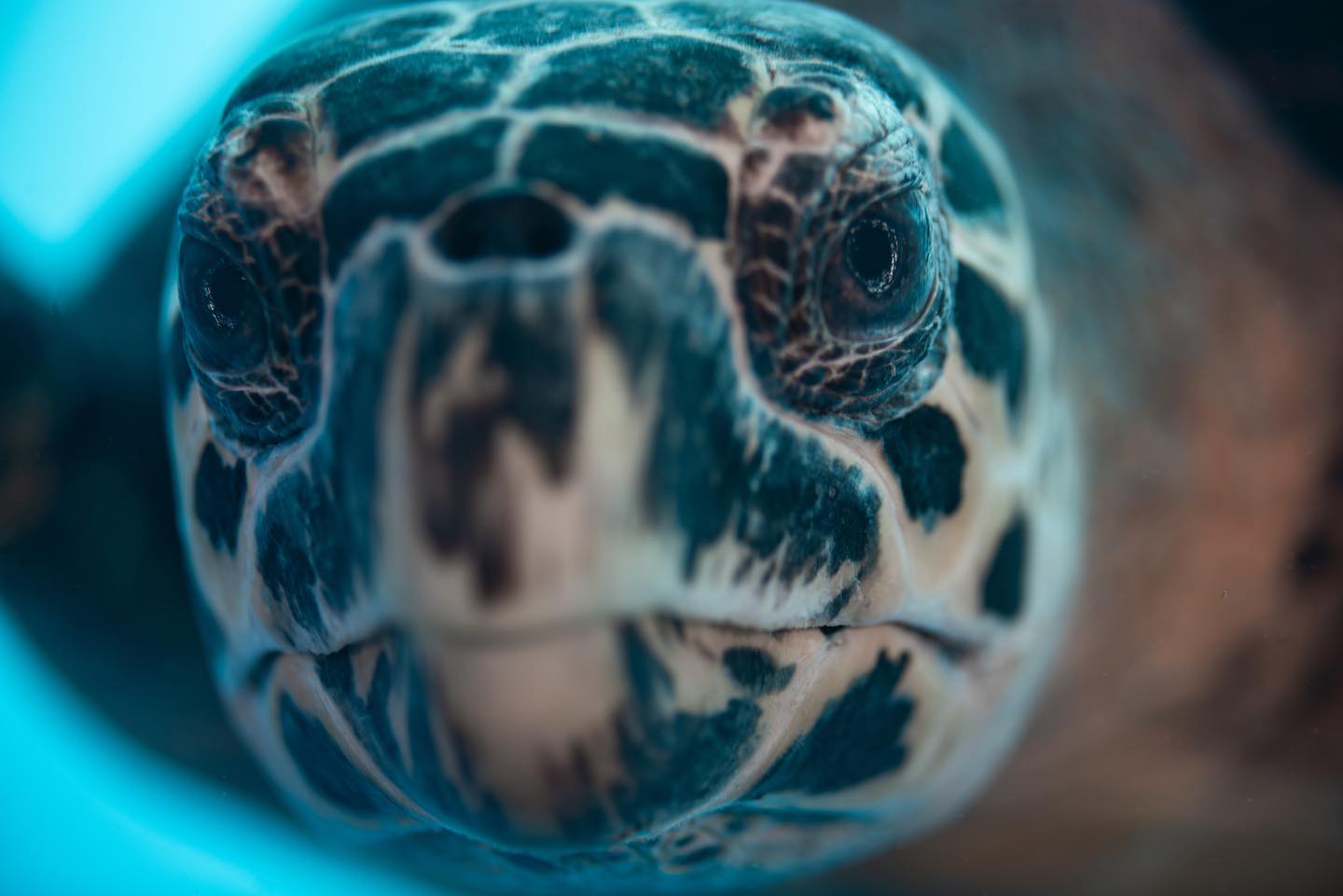
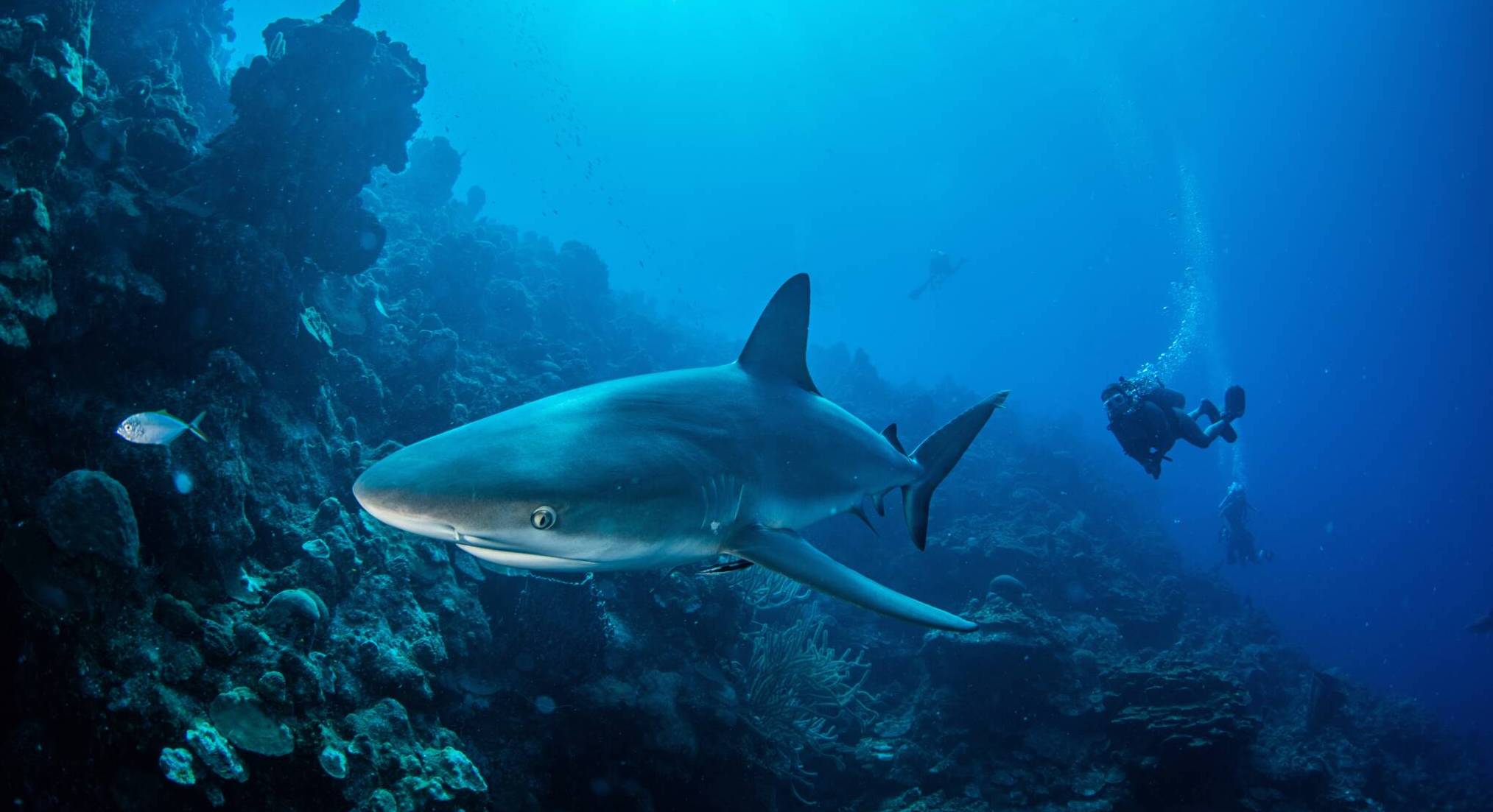
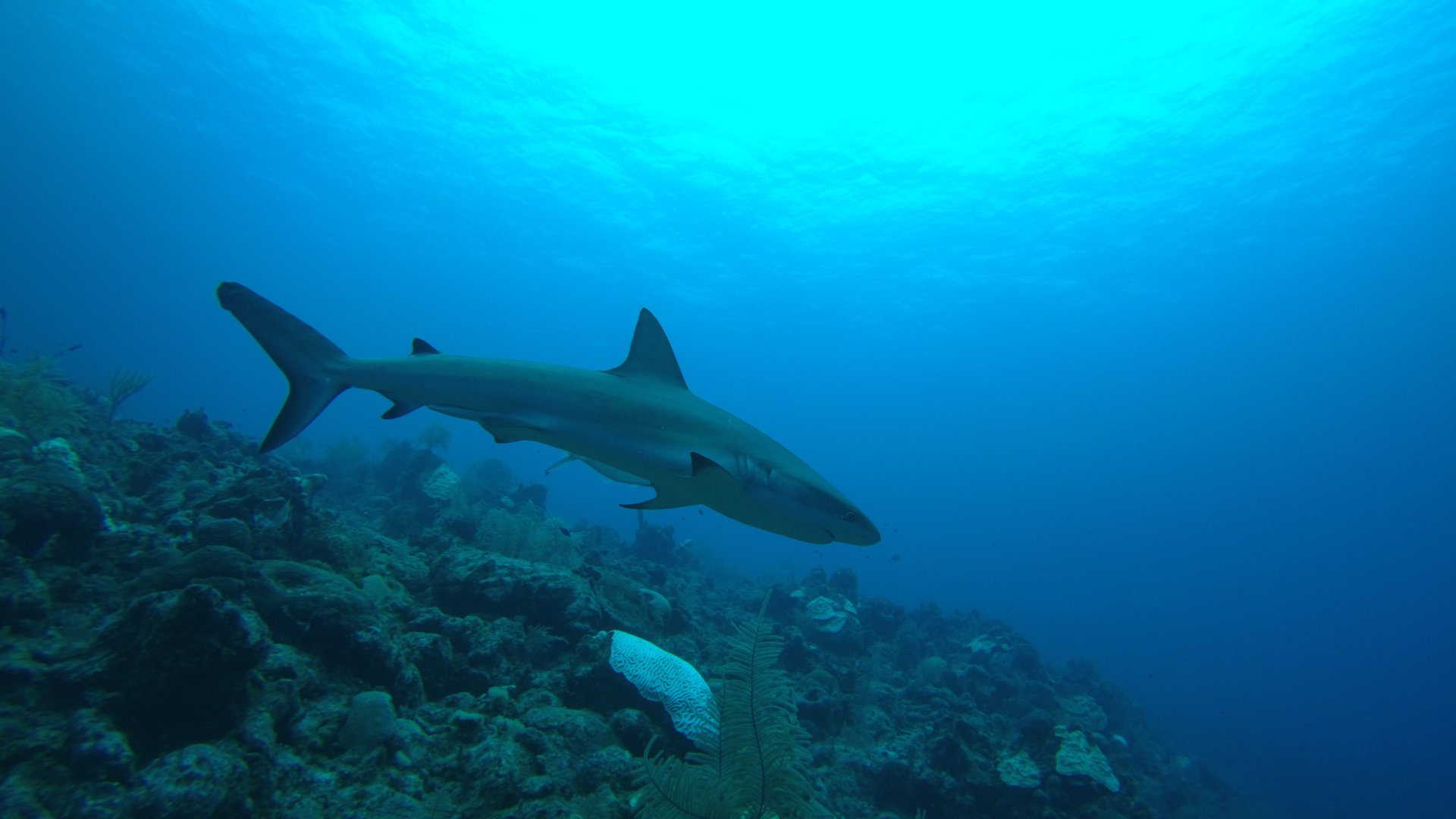
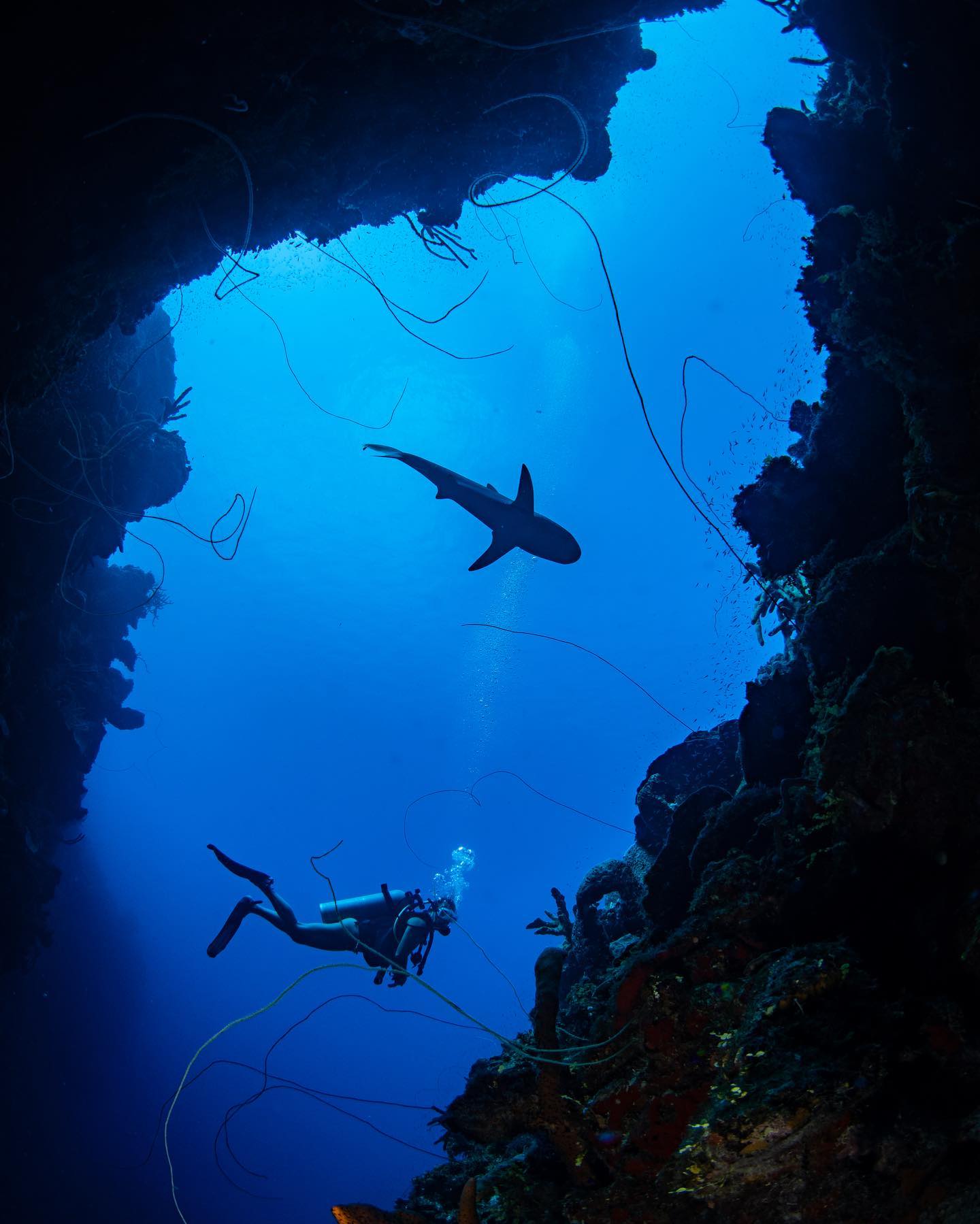

.png)
.png)

